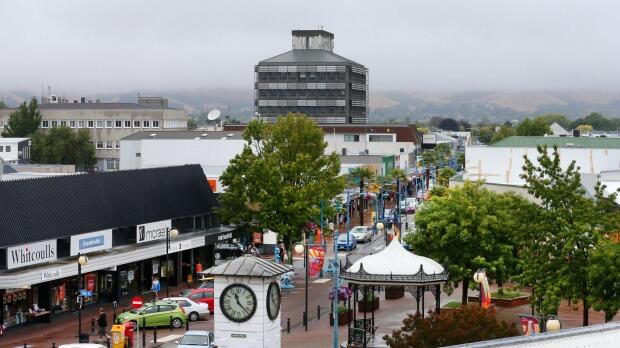Air pollution in Blenheim is regularly exceeding Government limits this winter, which could lead to widespread respiratory illness, a public health doctor says.
The Ministry for the Environment allows councils one day a year where air quality can drop below safe breathing levels. “This allows for one-off atypical events such as Guy Fawkes,” air monitoring agency Land, Air, Water Aotearoa (Lawa) says.
Already this winter, Blenheim had counted four days where the air was too polluted to breathe.
Air which was unsafe to breath contained more than 50 micrograms of pollutants in a cubic metre of air. Any day where the average pollution level was over 50 micrograms per cubic metre was counted as a breach.
This week, pollution levels reached three times the daily limit overnight. Early on Thursday morning, 150 micrograms of pollutants were recorded.
While there was no hourly limit in place, Marlborough District Health Board medical officer Ed Kiddle said such heavily polluted air would have an effect on the public’s health.
“The limit’s just a guide,” he said.
Even if the pollution was below the limit, people could still become sick, he warned.
“It’s not a level you can pollute up to.”
In the past 30 days the limit was almost exceeded on 11 days, as well as four breaches, for the daily average of air pollution.
On Thursday, following an extremely polluted night, the average was 49.8 micrograms of pollutants per cubic metre, 0.2 micrograms below the limit.
Pollution would effect people with existing lung conditions first, Kiddle said. The pollution, combined with cold conditions, could cause asthma attacks and would impact “little kids and the elderly” most heavily, Kiddle said.
Long-term, other illnesses and breathing difficulties would be expected to develop for some people exposed to the pollution, Kiddle said.
While air pollution peaked at nights, when most people were inside, indoor pollution did occur and the danger for those outside was significant, Kiddle said.
Marlborough District Council environmental science and monitoring manager, Alan Johnson was clear, “it’s not good enough.”
Most pollution in Blenheim was due to private fires, Johnson said, which meant controlling pollution was difficult.
While the council would ban outdoor fires in urban Blenheim under the Marlborough Environment Plan (MEP), fireplaces continued to be an issue.
“The trouble is, in a lot of communities like Marlborough you have people accustomed to it,” Johnson said.
The council was encouraging homeowners to use less harmful burners, but Johnson admitted there was no way to regulate pre-installed burners.
He expected to see a slow decline in air pollution as new homes installed more eco-friendly heaters, as required by council.
Source: The Marlborough Express











